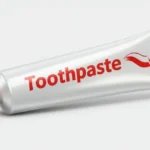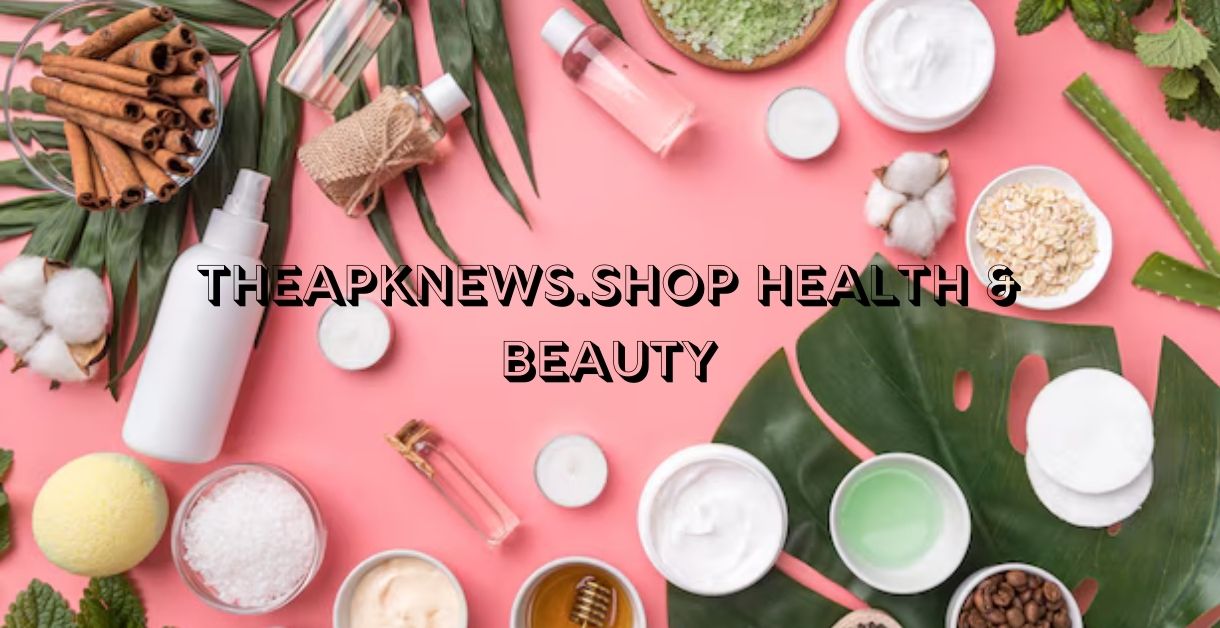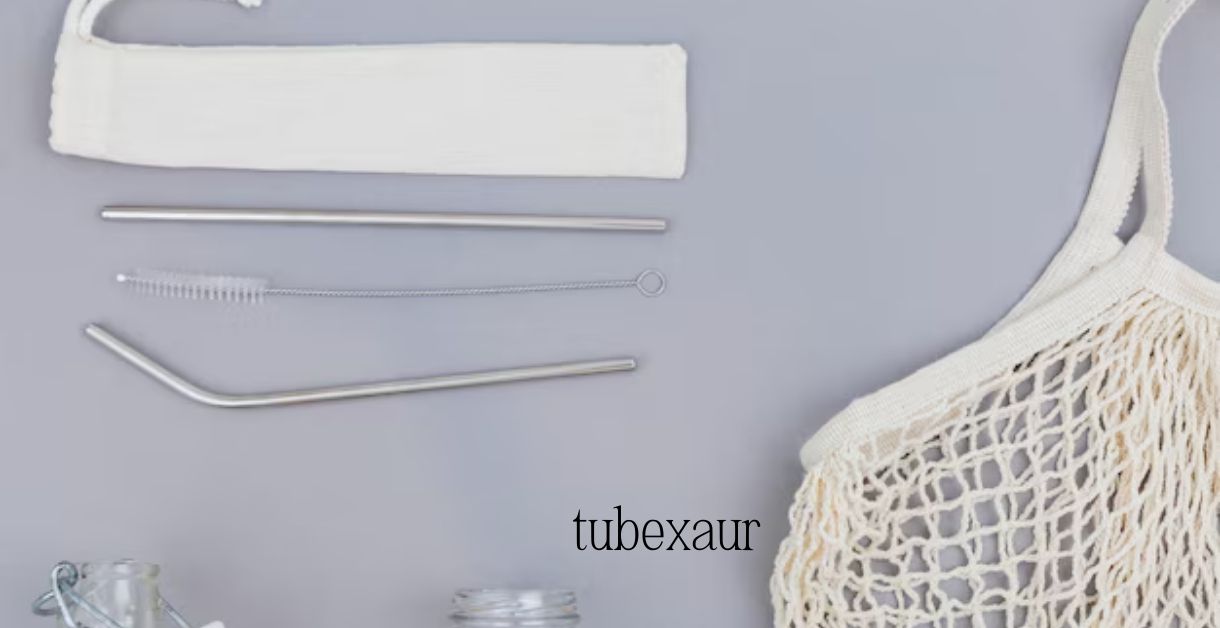In my nanu’s time, everyone chewed on neem’s datun for oral care. No pastes. No gels. No advertisements with celebrities flaunting their dazzling smiles. Just a stick, chewed into a brush, and ready to use but today, that simplicity has given way to a toothpaste aisle that looks more like a skincare section. Whitening, sensitivity relief, enamel protection, charcoal, herbal, non-foaming, even probiotic. There’s a paste for every problem and a claim for every concern. Which raises a basic but important question: Are all toothpastes really the same or cleverly packaged variations on the same theme? This blog dives into that question. Not just to decode what’s behind the labels, but to show you how to make smarter choices, ones that save you money and keep your smile bright.
What Ingredients make a toothpaste?
We have all seen branded toothpaste ads in newspapers, television commercials, and influencer reels. And the purpose is always the same: Buy this branded toothpaste, and your dental worries are over. And so, most people never bother to turn the tube and read what is actually inside. Because the assumption is simple: big brand equals big protection. But the following ingredients are essential for a paste to be called a toothpaste:
- Fluoride: discovered way back in 1914, is the star ingredient. It helps strengthen tooth enamel and protects against decay and cavities.
- Abrasives: such as silica, calcium carbonate, and dicalcium phosphate dihydrate are responsible for that scrubbing action. They remove plaque and clear the bacterial film off your teeth.
- Humectants: like glycerol, sorbitol, or propylene glycol, are what keep your toothpaste moist. Without them, you would have squeezed out a rock-solid tube every morning.
- Surfactants: create the foaming effect. Sodium lauryl sulfate (SLS) is the most common one. It not just clean, but it makes brushing more effective.
- Thickening agents or binders: like cellulose gum or xanthan gum prevent your toothpaste from flowing like water. They hold the ingredients together.
These ingredients form the baseline.
But there is a nuance. Based on different needs, there are different kinds of toothpaste:
- Whitening toothpaste usually contains hydrogen peroxide to remove stains.
- Sensitivity toothpaste uses potassium nitrate to reduce nerve response.
- Children’s toothpaste has the same basics, but with a lower fluoride concentration to keep it safe for young teeth.
Is Generic toothpaste less effective?
The answer is a clear no.
A soup is called soup because of its defining ingredient, water. Similarly, a toothpaste is defined by its base composition. As outlined earlier, it’s the presence of those essential ingredients that qualifies any paste as a toothpaste. So when a generic toothpaste offers the same effect as a branded one, why pay more—especially when you can order medicine online, including oral care products, from trusted platforms like SayaCare?
Remember that popular toothpaste ad asking, “Do you have salt in your toothpaste?” Here is a better question: Do you have a test report for your toothpaste?
In an age where marketing can say almost anything, how do you separate claims from credibility? The answer: lab reports. SayaCare is the only online pharmacy that includes a verified lab report with every product including their medications and toothpaste.Their sensitivity toothpaste is a lab-tested, proven effective, and priced at just ₹45. All toothpastes have the same foundational ingredients. Do heavily marketed brands gives better effect? Absolutely not.
Can generic toothpaste match their effect? 100% Yes.
Conclusion
Toothpaste is chemistry, not branding. The essentials ingredients like fluoride, abrasives, humectants, surfactants, and binders will not change with the logo on the box.
What changes is the price tag. Generic options like SayaCare’s lab-tested toothpaste prove that effective oral care does not need cele But there i endorsements or inflated costs just the right ingredients and proof that they work. So before you buy your next tube, skip the tagline. Read the label and ask for a test report.











